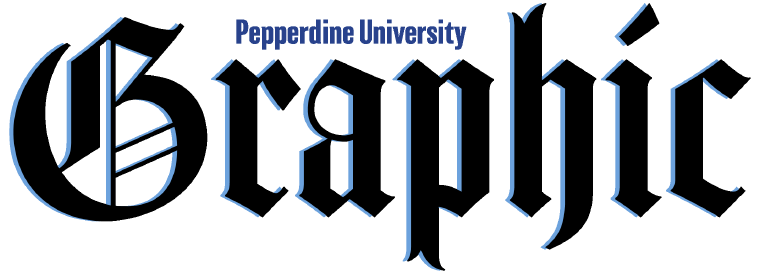One minute an athlete is on the verge of stardom and the next is barely able to roll out of bed. Teams can go from championship contenders to cellar-dwellers seemingly overnight. Everything can change in an instant and that’s all thanks to one of the most influential variables in all of sports— the injury.
Whether it’s a career-ending torn ligament a slight high-ankle sprain or a bruised knee injuries can shape the outcome of a season in a flash. Injuries are as much a part of the game as the balls and racquets required to play them.
Pepperdine student athletes know this as well as anyone. According to University athletic trainers they’ve carefully documented 318 injuries across a broad spectrum since Aug. 1 2009 and have met with nearly 200 Waves athletes with sports injury-related problems. At first glance the numbers may seem high but Pepperdine Head Athletic Trainer Kevin Wright explains that the facts and figures are relatively normal.
“Out of 260 athletes Wright said we’ve seen 175 of them since August. We’ve taped over 1000 body parts and made 250 referrals to our team physicians. [However] this breakdown very much mimics the rest of the NCAA.”
Of the 318 total injuries to Pepperdine athletes during the last seven months the men’s water polo and women’s basketball teams take the top two spots with 55 and 53 injuries respectively. These numbers are down from where they were a few years back mostly due to the hard work of the athletic trainers.
“Our strength coach Ryan Capretta is one of the best women’s head basketball coach Julie Rousseau said. Since his start here all of our injuries have decreased.”
No matter the sport a team is only as good as the health of its players. This puts pressure on Capretta Wright and the rest of the talented staff to keep athletes off the disabled list and on the courts and fields of competition where they belong. In order to do so knowledge of the highest-risk sports is key.
Thanks to the NCAA’s 16-year study it was discovered that 50 percent of all injuries were from the lower extremity. This in-depth report analyzed more than one million exposures and 180000 injuries across 15 total sports.
This conclusion can be seen across all Pepperdine sports as well. Knee and ankle injuries are the most common culprit keeping Waves athletes sidelined. Sixteen percent of sports injuries since August have been ankle-related and another 11.6 percent have been issues regarding knees. Of these most were not severe but there are always exceptions.
“As far as ACL risk goes women’s soccer is by far the highest Wright said. In my time here certain years I’ve had up to 3 ACL tears.”
The soccer team lost one of its top senior forwards in Alexis Farler who suffered a season-ending torn left anterior cruciate ligament (ACL) last October.
“Alexis’ injury was a real bummer said women’s head soccer coach Tim Ward. It bummed the team out because none of us wanted to see a family member get injured so it was hard. Our team rallied around her and played for her so in that respect the team response was ideal.”
In addition to Farler It was announced last week that sophomore men’s basketball player Dan Suttle Jr. sustained a season-ending left ankle injury which will require surgery.
Although these athletes and their severe injuries are the minority Peppedine’s athletic trainers and coaches place a great deal of emphasis on preventative measures.
“We do a ton of work on preventing injuries through proper training technique on the soccer field Ward said. In the past we didn’t dedicate as much time to strengthening as we are doing now. Having said that I have seen a big improvement in our overall durability throughout the year and I believe a decrease in traumatic injuries.”
The NCAA study showed neuromuscular conditioning programs may reduce the risk of ACL injury in soccer by 50 percent something athletic trainers and coaches alike agree is paramount to implement.
Wright believes the solution to improving play is reducing the athlete’s inactive time and in turn creating more efficient and effective practices.
“If we can prevent those injuries and keep the athletes on the field that’s going to make the coaches’ jobs a lot easier Wright said. Back in the day athletic training had more of a reactive philosophy. Now the research is there to back up prevention and a lot more preventative guidelines are out there that we can follow.”
A specific precaution players take is wearing ankle and knee supports especially for volleyball and basketball.
“For all our jumping sports we require them to wear some kind of ankle support Wright said. Odds are throughout the course of the season with all the practices and exposure they have they’re going to come down on someone’s foot or twist an ankle. The ankle brace is going to minimize the risk of injury.”
Wright highlights another important fact. In the NCAA study it was determined preseason practice injury rates are 2-3 times higher than in-season rates.
Overall sports injury rates have been decreasing over the years for the Waves giving Pepperdine an added advantage over the competition.
Just as injuries can turn a season south preventative measures can fuel teams to greatness.

